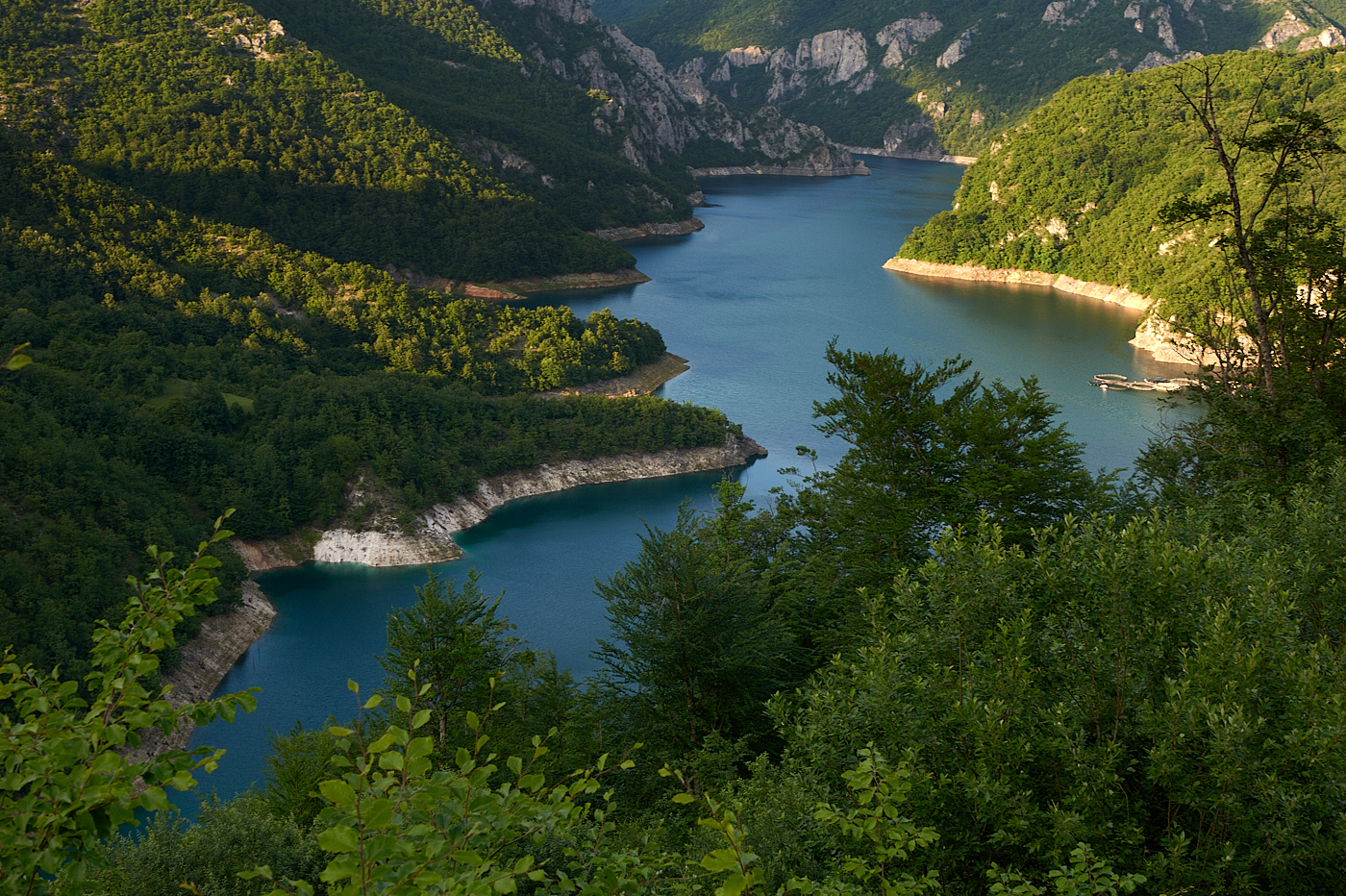The Nexus approach
The Nexus approach stems from the realization that water, energy, agriculture and natural ecosystems exhibit strong interlinkages. Under a traditional sectoral approach, each sector plans and manages the use of resources without necessarily taking into account related considerations from other sectors. The Nexus approach is essentially about moving beyond the traditional sectoral thinking and adopting an integrated and coordinated approach with a view to reconciling sectoral interests, resolving conflicts by effectively managing trade-offs, and capturing intelligent synergies, while providing opportunities for innovation and enhanced resource efficiency.
This requires a coherent approach in the design and prioritisation of policy options, management practices and infrastructure planning in order to maximise overall benefits across sectors, ensure security in terms of resources, economic prosperity and resilience to climate change impacts.
Watch a short explainer video on the Nexus approach and the Nexus Assessment in the Drina basin. The video has subtitles that can be activated by pressing the icon at the bottom right of the You Tube screen.
The Nexus Policy Dialogue process in the Drina river basin
The Drina river and its tributaries flow through Montenegro, Bosnia and Herzegovina and Serbia and then into the Sava river. Several hydropower plants have been constructed in the basin driving economic development in the second half of the 20th century. More are in the pipeline but interlinkages with other water uses (agriculture, riverine ecosystems, ecological flows) as well as the expected impacts of climate change need to be carefully taken into account.
UNECE has been facilitating a Nexus dialogue involving the Drina River Basin countries since 2014. This dialogue started with the Sava Nexus Assessment (2014-2016), and continued with the (Phase I) Drina Nexus Assessment (2016-2017), and the “Drina Nexus Follow-Up Project” (2018-2019), thus leading to the Phase II Drina Nexus Assessment (2020-2022) in the framework of the SEE Nexus Project.
An ad-hoc Steering Committee was set up to guide the Nexus Assessment process. It consisted of high-level representatives from all Nexus-related Ministries of all 3 Drina riparian countries – a first for the basin. In its first meeting on 15 October 2020 the SC discussed and validated the scope of the Nexus Assessment. Preliminary results were discussed in its 2nd meeting on 15 July 2021 and the final draft was validated in the 3rd meeting on 4 May 2022.
At the beginning of the process (December 2020-February 2021), national consultation meetings were held to capture perspectives and priorities from stakeholders from all sectors. The findings of the Assessment were also discussed in two meetings of the Drina Expert Working Group on Flow Regulation and E-flows, held on 29 March and 6 October 2021, co-convened with the International Sava River Basin Commission.
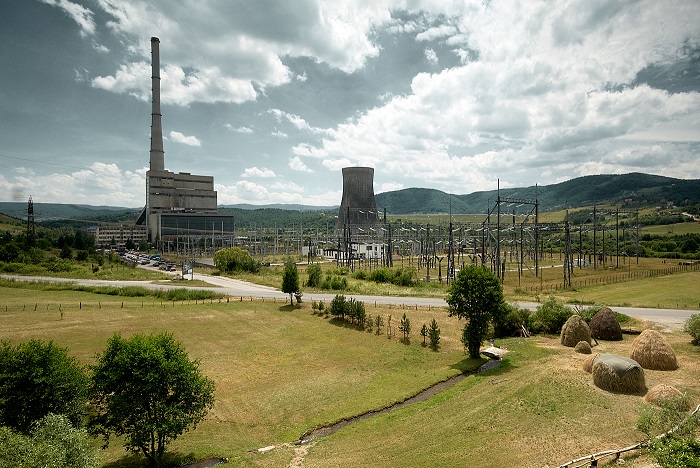
The Phase II Drina Nexus Assessment
A key Nexus-related issue identified as one of the most prone to causing friction in the basin, is the operation of the cascade of dams for hydropower generation, which affects other water uses, the watercourse and water-dependent ecosystems. In that regard, the Nexus Assessment aimed to deepen the analysis of two crucial issues for sustainable development and transboundary cooperation in the Basin, namely:
- The development of the electricity sector in the Basin – and in the riparian countries overall – primarily related to renewable energy and hydropower, and
- Agreeing on key aspects of flow regulation in the Basin, considering all water uses and functions, and progress towards formalising some of these aspects.
Modelling of the Water-Energy Nexus in the Drina River Basin
Effectively addressing potential Nexus issues early on requires an informed dialogue with the energy sector, including utilities. Such a dialogue, especially to the extent it looks into mid- and long-term infrastructure investments, can benefit from a model-based scenario analysis.
A cost-benefit analysis of potential policies and investment decisions aimed at supporting renewable energy development in the Drina River Basin was developed. The analysis is based on an open-source model of the electricity supply mix of the three riparian countries, including a detailed representation of cascaded hydropower in the Drina Basin, that was developed by was developed by the KTH Royal Institute of Technology. The modelling analysis provides insights on the role that hydro and non-hydro renewables in and outside the Drina River Basin may play in the future electricity supply, under 6 different scenarios:
- Business as Usual scenario (established policies and committed investments)
- Hydropower Plant Development (three new HPPs are to be built)
- Renewables scenario (decreasing costs of non-hydro renewables)
- Climate Changescenario on the impacts of climate change on hydropower generation
- Entering the Emission Trading Scheme scenario (carbon pricing introduced)
- Ambitious scenario (ambitious climate and RES targets and enhanced energy efficiency).
Key findings from the modelling analysis include: |
|
|
Some recommendations for policymakers can be drawn from this analysis: |
|
Governance options for the formalisation of flow regulation modalities in the Drina River Basin
The study on flow regulation in the context of the Phase II Drina Nexus Assessment further explored and promoted discussion about formal flow regulation mechanisms between countries, highlighted good practices in transboundary water allocation taking into account approaches to environmental and minimum flow as well as clauses for hydrological extremes, and laid out some possible directions to help the Drina riparian states in further development of their cooperation.
The study was based in part on interviews with representatives of key institutions and was developed in consultation with the Drina Expert Group on Flow Regulation and Environmental Flows, building up on UNECE’s “Desk Study on Environmental Flows and Flow Regulation in the Drina River Basin” (2020).
Several steps are recommended to be implemented at national level in all Drina countries, in order to advance their cooperation in the field of flow regulation:
- Integration with national Disaster Risk Reduction planning (Sendai Framework).
- Better integration in planning, with inter-sectoral exchange of information.
- Expanded scope of transboundary SEAs with respect to relevant plans, programmes and policies. Renewable energy planning with state-of-the-art SEAs.
- Coordination of national level permitting process as a means of implementing basin-wide consensus, through integrated permitting in conjunction with periodic SEAs
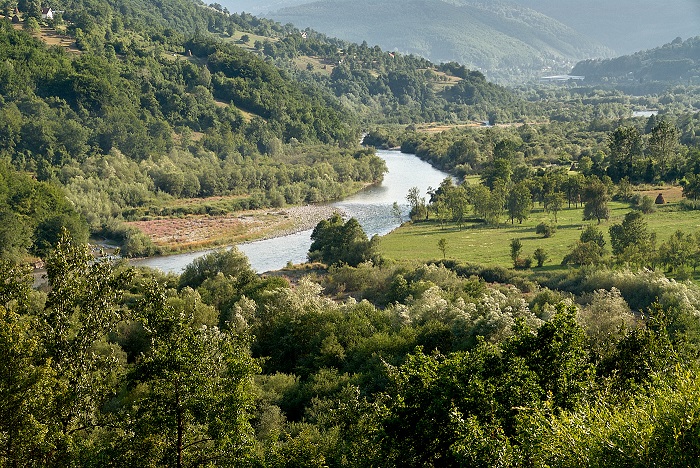
In consideration of the number of matters related to the joint transboundary management of the river basin including flow regulation, the study recommends convening a meeting with participation at a high political level, capable of adopting decisions or initiating steps towards them. All existing cooperation frameworks should be taken into account in organising and conducting such a high-level meeting, which could discuss and adopt decisions on the following issues:
a) Integrated river flow needs assessment which could include:
- Baseline study on the historical flow regime
- Basin-wide flow requirement studies for different uses
- Analysis of downscaled climate change impact studies for a range of climate scenarios
- Expert-level cooperation on e-flows and other methodologies and assessment tools
- Evaluation of existing infrastructure and development
b) Drina Platform on Flow Regulation which would coordinate the needs assessment and also cover areas such as:
- Data verification and sharing.
- Protocol on Data Exchange
- A technical expert working group to align methodologies and address identified problems
- Monitoring capacities, DRR – rapid communication
- Direct links across borders for related authorities and stakeholders
- Coordination in practice (MOUs, Rulebooks, etc.)
- Sharing costs and benefits
- Transboundary impacts
- Climate regime – enhanced understanding of interactions and drivers of risk due to climate change
- Respect national priorities and uses
c) Hydropower Platform to adopt and endorse a Drina Hydropower Optimisation Plan that could cover e.g.:
- A transboundary hydropower agreement
- Coordination on alternatives to further expansion of hydropower
- Coordination with the technical expert working group on Flow Regulation
- Electricity trading optimisation
- Review of operational rules leading towards harmonisation.
- Coordination among HPPs on flood protection, sediment management.
- Balancing of HPP requirements dependent on other water management goals.
- Monitoring of SEA processes, coordinated and linked plans for hydropower development.
d) Commitment to coordination of permitting processes on all levels as a means of implementing basin-wide consensus.
e) A process to mark progress and assist, where appropriate, the efforts of the riparian countries in bilaterally resolving “legacy” issues
f) Making progress towards the development of a Drina RBMP, in concert with the 2nd Sava River Basin Management Plan
g) May recommend, as appropriate, bilateral agreements or arrangements on specific matters.
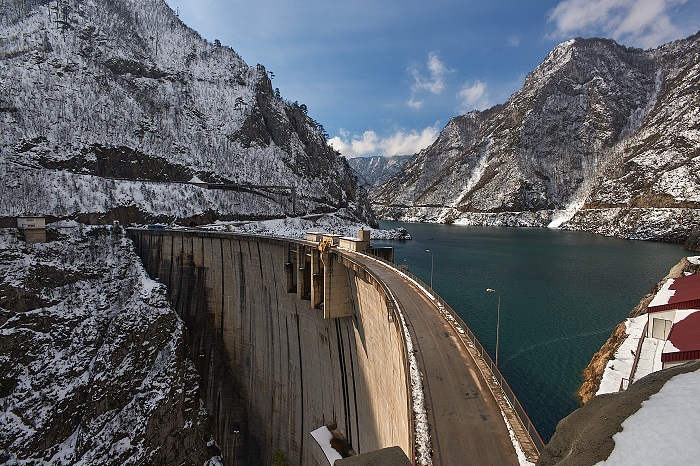
A Nexus Roadmap for the Drina River Basin
The Phase II Drina Nexus Assessment also provided a situation analysis on the institutional and policy frameworks relevant to the sustainable management of natural resources in the Drina Basin, and outlined the key findings of key recent projects in the Basin. Stemming from this analysis and the findings of the Phase II Drina Nexus Assessment, a Drina Nexus Roadmap was prepared, structured around the following 10 objectives, and suggesting main lines of action in order to achieve them.
- Strengthen cross-sectoral cooperation at transboundary level
- Improve cross-sectoral governance
- Improve cross-sectoral policy instruments
- Boost sustainable infrastructure investments
- Improve monitoring, data and info exchange
- Coordination and co-optimisation of flow regulation
- Improve management of wastewater and solid waste
- Reduce erosion- and sedimentation-related pressures on water quality
- Foster sustainable renewable energy development
- Agricultural, rural, and eco-tourism development
The Roadmap is considered a “living” document that the riparian countries will have the opportunity to adjust during its implementation, as needed, by discussing among themselves, and agreeing upon detailed actions, timeframes, and budgets as they consider appropriate.
The Drina Nexus Roadmap was approved by the Steering Committee of the Nexus Activities in the Drina Basin, consisting of representatives from the related Ministries of the riparian countries.
Capacity building for energy experts
A two-day workshop on the Climate-Land-Energy-Water (CLEWs) modelling framework and its use in the Nexus Assessment of the Drina River Basin took place on 8,9 July 2021. The workshop familiarised participating experts from energy institutions from the Drina riparians with the CLEWs Nexus methodology, used to quantitatively assess the energy-water interlinkages within the Nexus assessment of the Drina River Basin. By providing an overview of general concepts, tools used and hands-on experience on model building, the workshop opened the box of the modelling analysis to the audience and laid the ground for local uptake of the model infrastructure.
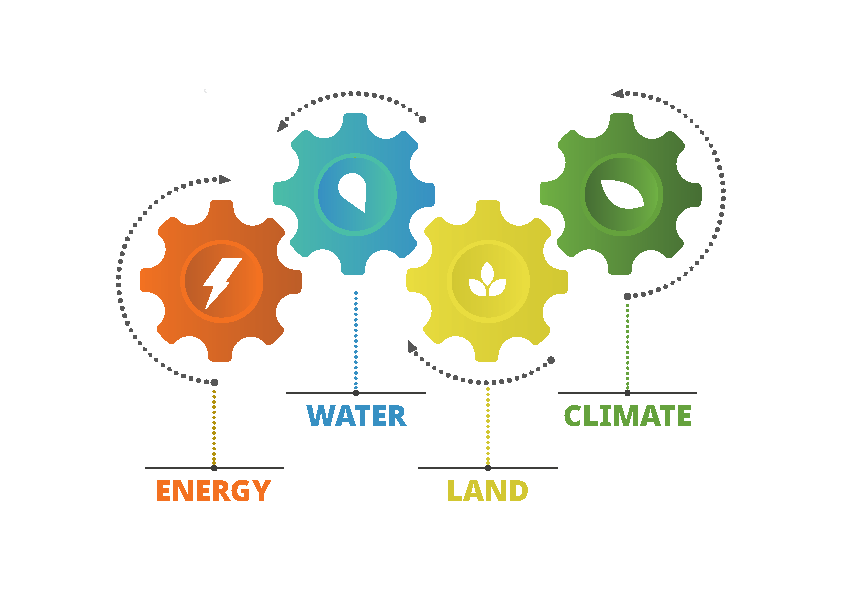
Gender Workshop
A workshop “Gender dimensions in the sustainable management of natural resources through a Nexus approach in the Drina River Basin” was held online on 23 June 2021 and was attended by approximately 80 stakeholders from the three Drina Riparian states. The first part of the Workshop consisted of presentations on key aspects of the gender dimension in the management of natural resources in the Drina River Basin. In the second part, two case studies from the region were discussed that demonstrated the linkages between economy, gender and environment in the Basin. The workshop concluded with a panel discussion on the role of women in promoting the Nexus approach in the Drina River Basin.
Project Documents for Nexus interventions
Aiming towards more tangible outputs, the SEE Nexus Project also supported the preparation of detailed Project Documents for 2 proposals for Nexus-related interventions:
- Improving Sediment Management in the Drina Basin
- Outline of a Climate Adaptation strategy for the Drina basin
The Drina river basin was one of the 3 Focus Areas of activities under the “SEE Nexus Project” that was supported by the Austrian Development Agency and implemented (2017-2022) by GWP-Med in partnership with the UNECE. The Project’s other 2 Focus Areas were the Drin basin and Albania, as selected by RCC’s Regional Working Group on Environment.
The Final Outputs of the SEE Nexus Project in the Drina River Basin can be found on the top right hand side of the page.
For more information on related activities, see news items below:
(c) Dusko Miljanic
